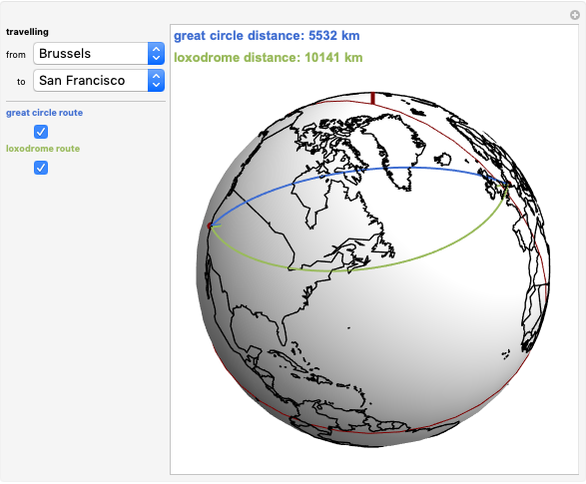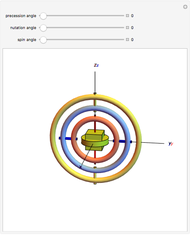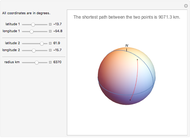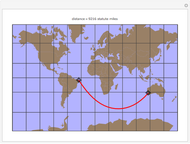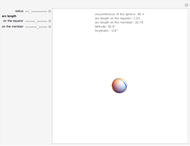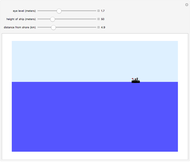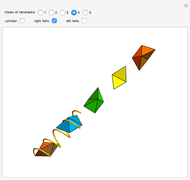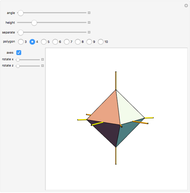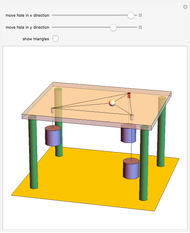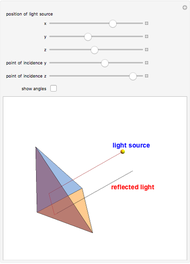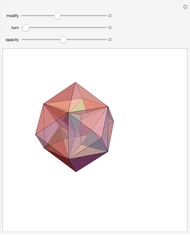Loxodrome

Requires a Wolfram Notebook System
Interact on desktop, mobile and cloud with the free Wolfram Player or other Wolfram Language products.
If a point moves on the surface of a sphere so that it maintains a constant angle to a pole, then its path follows a spherical spiral (or a rhumb line). On a general surface of revolution, a point making a constant angle with the the meridians (the intersections of the surface and the planes through the axis) follows a curve called a loxodrome.
Contributed by: Sándor Kabai and Gábor Gévay (March 2011)
Open content licensed under CC BY-NC-SA
Snapshots
Details
The travel direction is a tangent to the curve, and the direction of the pole is represented by great circles running through the pole (longitudes). A ship or an airplane follows such a curve when the compass bearing is kept constant. As a result, navigation along a loxodrome is easy, but it is not the shortest path. The shortest distance between two points is represented by a great circle running through the two points. A loxodrome is a straight line on a Mercator projection map and a logarithmic spiral on a stereographic projection map.
Permanent Citation
"Loxodrome"
http://demonstrations.wolfram.com/Loxodrome/
Wolfram Demonstrations Project
Published: March 7 2011






